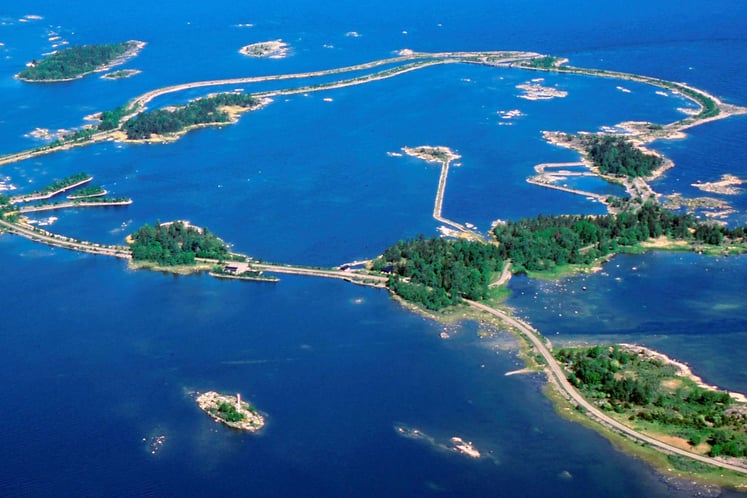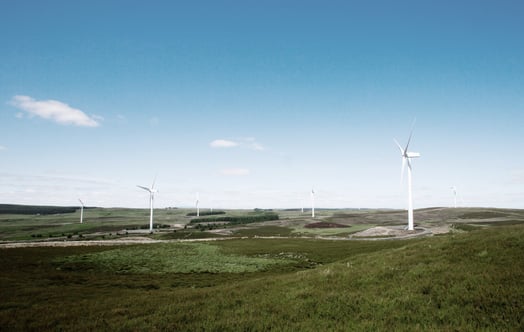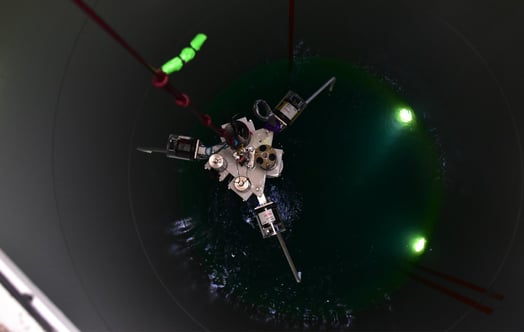Enhancing bird safety: increasing turbine visibility to reduce collision risk
Increasing turbine visibility to birds is one strategy to reduce collision risks, and it is an approach that we are interested in exploring.
Short facts
- Norway and the Netherlands
- Birds (white-tailed eagles and willow ptarmigan)
- Testing of colouring as a means to reduce collision risk
- 2012–2025
Vattenfall participated in the INTACT project on Smøla, testing innovative measures to enhance turbine visibility.
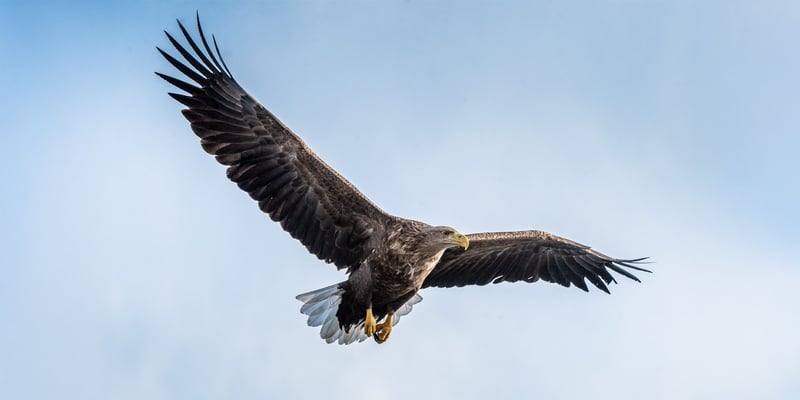
Painting one rotor blade black and the tower base black showed promising results, particularly for species such as white-tailed eagles and willow ptarmigan.
Building on these findings, Vattenfall has entered a new collaborative research project in the Netherlands to further test the black blade measure (more information can be found here) and recently started a project with Oxford University to understand the potential of alternative colours and patterns on turbines blades.
More about biodiversity
Biodiversity and nature protection are a priority at Vattenfall. It is one of the focus areas in our environmental policy and therefore also a central part in our environmental work.
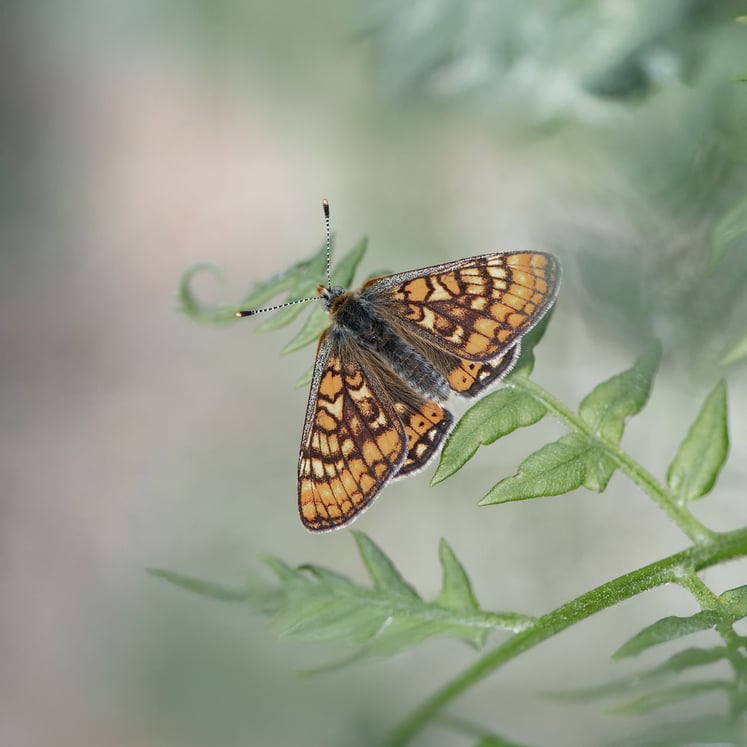
How we make a difference for nature
Biodiversity is an important and integrated part of our work. Here, we show concrete examples of how we care for nature through our projects.
